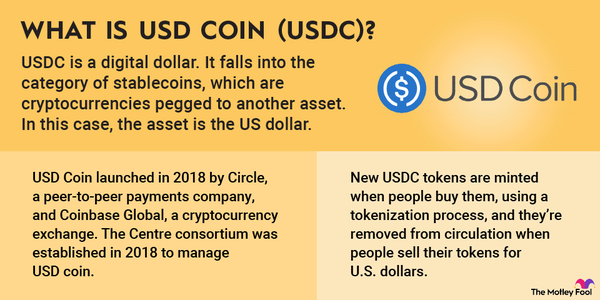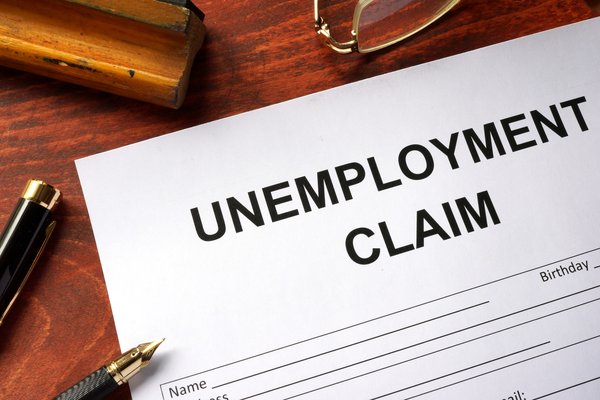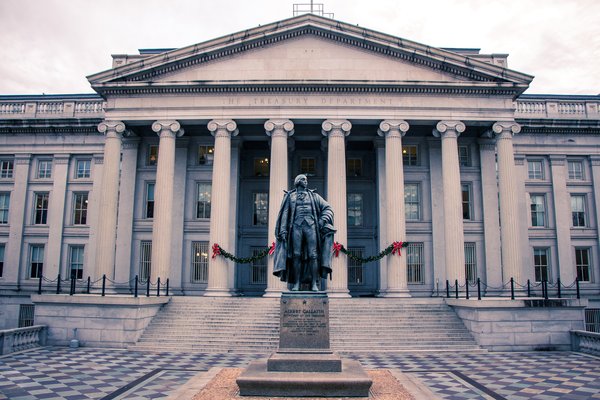When it comes to student loans, there are two very broad categories -- subsidized and unsubsidized.
The basic difference is that borrowers are responsible for paying the interest on unsubsidized student loans at all times, while the federal government pays the interest on subsidized loans while the borrower is in school, on a grace period, on in deferment. However, there's more to the story, so here is a rundown of what students and their parents should know about unsubsidized loans before borrowing.

What are unsubsidized student loans?
What are unsubsidized student loans?
Unsubsidized student loans are a form of student loan where the borrower is responsible for paying all interest that accumulates, even when in school or on a deferment.
Technically, the term "unsubsidized student loans" can refer to any type of student loan that doesn't receive a government subsidy for the accrued interest. For example, student loans originated by private lenders can be considered unsubsidized. But the term is typically used to refer to federal Direct Subsidized Loans made by the U.S. Department of Education.
Why are they important?
Why are unsubsidized student loans important?
Unsubsidized student loans are important to understand for a few big reasons. First, they are generally not need-based, meaning that you can borrow as much as the annual borrowing limit on unsubsidized student loans, even if you don't necessarily need the money or have a demonstrable financial need.
Second, it's important to realize that even though you don't have to make payments on unsubsidized student loans while you're in school or in the six-month grace period that follows, interest is still accumulating. With unsubsidized loans, interest starts to accumulate as soon as the loan is disbursed.
For example, if you borrow $5,000 in unsubsidized student loans at a 6% interest rate during your first undergraduate year and graduate with a bachelor's degree four years later, you could find yourself with a loan balance of about $6,500 by the time your loan enters the repayment period. On the other hand, if you borrowed $5,000 in subsidized student loans, you would still owe $5,000 by the time the repayment period arrived.
How to qualify
Qualifying for subsidized and unsubsidized federal student loans
For both loan types, borrowers qualify by completing and submitting the Free Application for Federal Student Aid, better known as the FAFSA. There is no credit check required for unsubsidized or subsidized loans.
Using the information on your FAFSA, your school will analyze your financial need relative to the cost of attending school and will determine your financial aid award. This may include an offer of subsidized loans, unsubsidized loans, or a combination of the two, and you can choose to accept the entire amount, a reduced amount, or nothing at all.
Related investing topics
How they work
How unsubsidized student loans work
Unsubsidized and subsidized student loans have different borrowing limits that depend on your year in school and dependency status. Assuming you qualify for both loan types, first-year dependent students can borrow as much as $5,500 in federal student loans with as much as $3,500 in subsidized loans. On the other end of the spectrum, independent students in their third year and beyond can borrow as much as $12,500, with as much as $5,500 in subsidized loans.
So, if you're a third-year independent student and qualify for subsidized loans, you could obtain $5,500 in subsidized loans and a $7,000 unsubsidized loan. On the other hand, even if you don't qualify for subsidized loans, you can still borrow $12,500 for the year -- it will just be in the form of unsubsidized loans.
Under the current Department of Education rules, graduate and professional students can only qualify for unsubsidized loans, regardless of financial need, and there's an annual limit of $20,500.
There are also aggregate loan limits -- in other words, you can't simply stay in school indefinitely and borrow the maximum year after year. These are:
- For dependent undergraduates, a maximum of $31,000 in federal direct loans with as much as $23,000 in subsidized loans.
- For independent undergraduates, a maximum of $57,500 in federal direct loans with as much as $23,000 in subsidized loans.
- For graduate or professional students, a maximum of $138,500 in federal direct loans, including any loans received for undergraduate study.
Finally, if these borrowing limits don't cover the full cost of attendance, there are other borrowing options. Students and their parents can look into private student loans as well as PLUS loans, both of which can be made for as much as the entire cost of attendance.




















